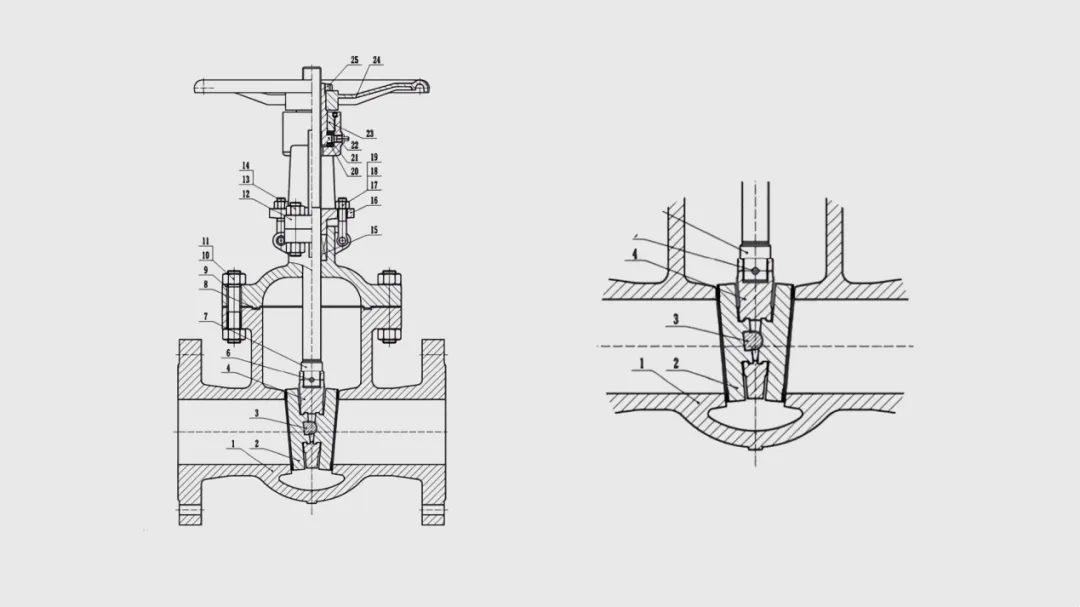2 inch electric valve
Understanding 2-Inch Electric Valves
Electric valves play a crucial role in various industrial applications, providing precise control over fluid flow through pipes. Among the various sizes and types available, the 2-inch electric valve is particularly popular due to its balance between size and capability. This article explores the features, applications, advantages, and considerations of 2-inch electric valves.
What is a 2-Inch Electric Valve?
A 2-inch electric valve is a type of valve that controls the flow of liquids or gases and is actuated by an electric motor. The term 2-inch refers to the nominal diameter of the valve's inlet and outlet ports, which allows for a significant volume of fluid to pass through. Electric actuators provide automated control, ensuring that the valve can open or close in response to electrical signals, which is particularly beneficial in systems that require remote operation or the integration of control systems.
Types of 2-Inch Electric Valves
There are several types of 2-inch electric valves, including
1. Electric Ball Valves These valves have a spherical disc that allows or restricts flow. They are known for their quick turning action and are ideal for applications requiring tight sealing and minimal flow resistance.
2. Electric Butterfly Valves Featuring a circular disc that rotates to open or close the valve, butterfly valves are compact and lightweight, making them suitable for large-scale operations.
3. Electric Gate Valves These valves use a sliding gate mechanism to control flow. They are most effective in fully open or closed positions and are typically used in applications where flow regulation is not a priority.
4. Electric Globe Valves Designed for throttling flow, globe valves have a spherical body that allows for greater control over flow rate, making them useful in applications needing precise adjustments.
Applications of 2-Inch Electric Valves
2-inch electric valves are utilized in a variety of industries, including
- Water Treatment Plants These valves help regulate the flow of water and ensure proper distribution throughout the treatment process.
- Chemical Processing In chemical plants, electric valves control the flow of corrosive substances, providing safety and efficiency.
- HVAC Systems In heating, ventilation, and air conditioning systems, these valves control fluid flow, contributing to temperature regulation and energy efficiency.
- Food and Beverage Industry Electric valves are used to maintain the hygiene and quality of products by controlling ingredient flow.
2 inch electric valve

- Oil and Gas These valves are critical in controlling the flow of hydrocarbons and other fluids, enhancing operational safety.
Advantages of Electric Valves
1. Automated Control Electric valves allow for precise control through automation, reducing the need for manual operation and minimizing human error.
2. Remote Operation Electric actuators can be controlled remotely, which is particularly valuable in hazardous environments where human intervention can be dangerous.
3. Quick Response Times Electric actuators provide faster response times compared to pneumatic or hydraulic systems, allowing for quick adjustments to flow control.
4. Energy Efficiency Electric valves consume less energy in standby mode, making them more cost-effective in the long run.
5. Maintenance Electric valves generally require less maintenance than other types of valves, as they have fewer moving parts and can operate without the need for additional system components like air compressors or hydraulic fluid.
Considerations When Choosing a 2-Inch Electric Valve
When selecting a 2-inch electric valve, several factors should be taken into account
- Medium Determine the type of fluid or gas being controlled, as this will affect the choice of valve material and design.
- Pressure and Temperature Ratings Ensure the valve can withstand the operating conditions specific to the application.
- Actuator Type Choose an actuator that matches the required speed and control precision for the application.
- Power Supply Verify that the site's power supply is compatible with the valve's actuator requirements.
- Flow Control Needs Consider whether the application requires on/off control or a more nuanced throttling capability.
Conclusion
The 2-inch electric valve is an essential component in modern fluid control systems, providing a combination of efficiency, precision, and convenience. Its wide range of applications across multiple industries highlights its versatility and importance in maintaining operational effectiveness. By understanding the types, advantages, and considerations associated with 2-inch electric valves, professionals can make informed decisions that enhance the performance and safety of their systems.
-
The Key to Fluid Control: Exploring the Advantages of Ball Valves in Industrial SystemsNewsJul.09,2025
-
The Versatile World of 1, 2, and 3 Piece Ball ValvesNewsJul.09,2025
-
Stainless Steel Ball Valves: The Ideal Choice for Efficient Flow ControlNewsJul.09,2025
-
Optimizing Fluid Control with Ball Float ValvesNewsJul.09,2025
-
Manual Gate Valves: Essential for Control and EfficiencyNewsJul.09,2025
-
Everything You Need to Know About Butterfly ValvesNewsJul.09,2025
-
The Versatility of Wafer Type Butterfly ValvesNewsJul.08,2025




